An extremely interesting history of game packaging
It's got pictures and stuff
The SMS never really took off in the US, but if you’ve read your fair share of box art stories, surely you’ve seen how bare and uninteresting its packaging was. Here was a case of general similarity across all games, but man was it ever boring.
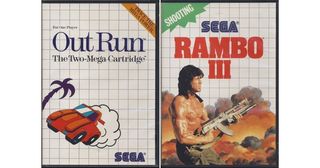
Above: Yep, most of the games looked this dull
Why Sega went for the grid paper look is beyond us, but it’s a style the company would continue on its next, vastly more successful console.
Unlike Nintendo, which shipped games in paper/cardboard boxes, Sega sent its SMS and Genesis games out in hard plastic cases that acted much like today’s DVD cases. They’d hold the game as well as a few inserts, plus look real nice sitting on a shelf - almost like a bookcase of sturdy Sega offerings. However, just like Nintendo, Sega didn’t require third parties to stick to any kind of cohesive Genesis branding, opting instead to let ‘em run free.
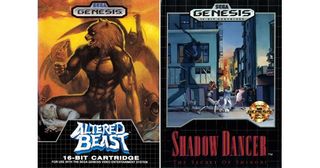
Above: The classic Genesis grid, which featured the game name inside a piece of the grid that extended into the box art
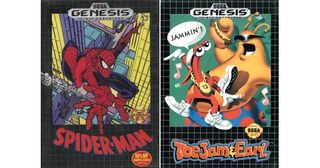
Above: Other grid games kept the logo completely outside of the box art. These are all Sega published games though…
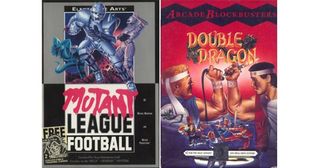
Above: … whereas third party games, yet again, did whatever they wanted
Sign up to the GamesRadar+ Newsletter
Weekly digests, tales from the communities you love, and more
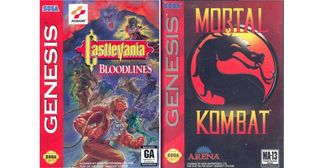
Above: Years later, perhaps due to the SNES’ uniform packaging, Sega adopted a console-wide red band across all games. In the UK, it was blue (and also called Mega Drive, happy?)
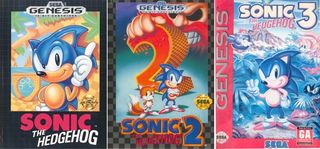
Above: Sonic 1, 2 and 3 all shipped with different covers – 1 had a grid, 2 had a weird checkerboard background that was never repeated, and 3 came in the new red band cases
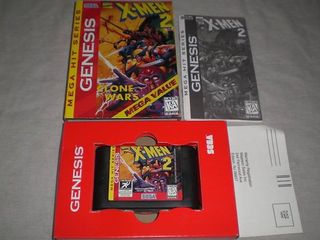
Above: Even later Genesis games ditched the plastic case in favor of a paper sleeve with a slide-out carton. BTW, I actually had to buy this game off eBay to get the damn picture – that’s officially my copy
So, Sega started with a first-party-only grid, then adopted the red band as the Genesis neared its end. Near as I can tell, this would be the last time a major console allowed its third parties to do as they please. Maybe the stakes were getting too high, and mainstream attention growing too fast to continue with this “whatever floats your boat” approach to packaging?
You’d think a system as short-lived as the Sega CD couldn’t possibly have a great deal of variation – yet somehow in just a few short years, the packaging managed to change three times before settling on the final plastic cases that would eventually reappear on the Saturn and, believe it or not, the original PlayStation.
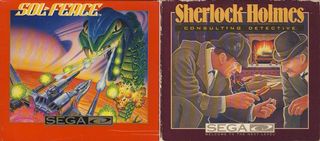
Above: The earliest games came inside paper CD cases. Yep, they sure did
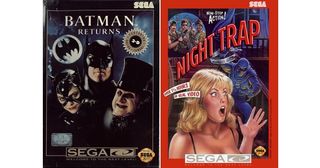
Above: Pretty soon, they were shipping in tall paper cases that were unlike any other console box available at the time. Made stocking these things a pain
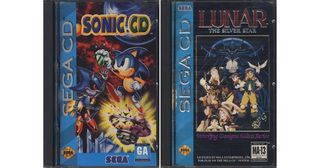
Above: Finally, these tall, clear plastic cases with a blue Sega CD band became the norm, and would later power Saturn and the PS1. The “cover” is actually the instruction manual showing through the plastic
Next – Game Boy, Super NES and the Sega Saturn
A fomer Executive Editor at GamesRadar, Brett also contributed content to many other Future gaming publications including Nintendo Power, PC Gamer and Official Xbox Magazine. Brett has worked at Capcom in several senior roles, is an experienced podcaster, and now works as a Senior Manager of Content Communications at PlayStation SIE.












